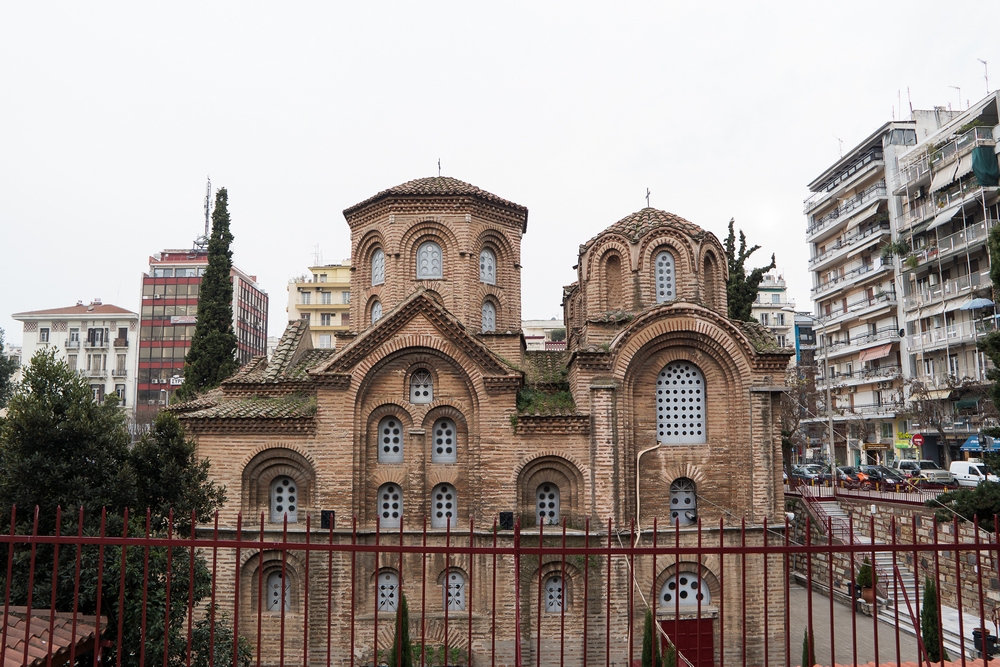Church of Our Lady Chalkeon
The architectural elements of the church of Our Lady Chalkeon create a harmonious whole.
Location
Timeline
Modern and Contemporary era (1912 - )
Ottoman era (1453- 1912)
Byzantine era (331 AC- 1453)
1028 Constructed by the royal chief officer of "Upper" Longobardia, Christophoros and his family.








Share